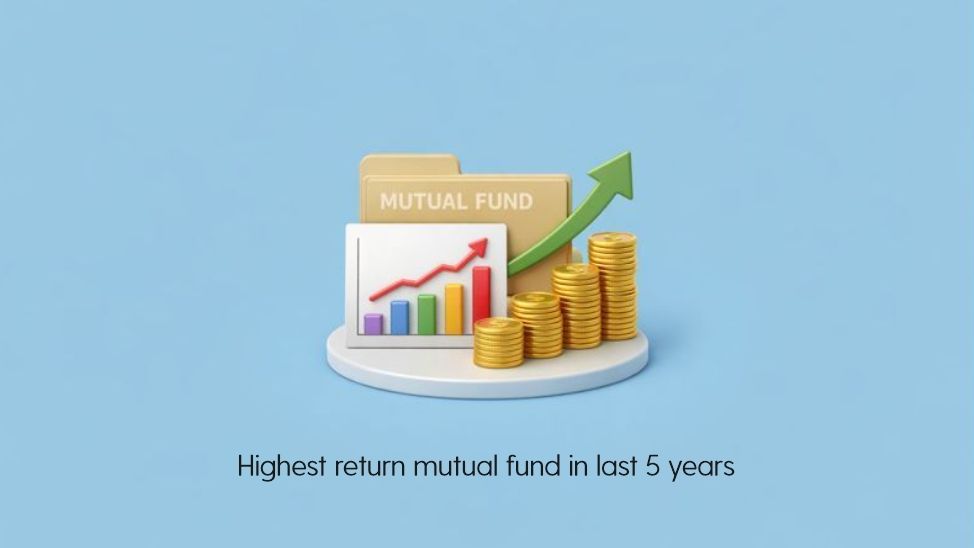NPS Withdrawal Rules Explained

- Published Date: June 28, 2023
- Updated Date: June 17, 2025
- By Team Choice
National Pension Scheme (NPS) is a popular investment plan for obtaining long-term benefits after retirement. Being government-registered, it is preferred by government and private sector employees. Along with these benefits, withdrawing the corpus is also a straightforward procedure.
You might need to withdraw the money invested in NPS after the scheme's maturity. Following the NPS withdrawal rules will help you get the funds back. However, these rules will differ based on your employment category, employment status and account type.
The following post will explain all the vital rules you need to follow for making an NPS withdrawal. Let's delve into the details!
NPS Withdrawal
NPS withdrawal is a process wherein you abide by specific rules to withdraw money after maturity or prematurely. Moreover, if you need additional funds to attend a medical financial emergency, you have to follow the NPS partial withdrawal regulations.
NPS Partial Withdrawal Rules
If you partially withdraw from the invested NPS amount, it will apply to up to 25% of your investments. You are allowed to withdraw money three times within the investment tenure partially. You need to be a scheme member for at least 3 years.
The primary highlight of the NPS partial withdrawal regulations is the tax savings. All partial withdrawals up to 25% of your total amount will be tax-free. So, the process will help you gather the required funds and save money to stabilize your finances.
You can apply for a partial withdrawal for the following cases –
Higher education of children and dependents
Marriage of children
Accidents and similar incidents
Medical operations and treatment of serious illnesses
Purchasing a property such as a flat or house
You can apply for the partial NPS withdrawal online by visiting the official site. The offline process involves visiting the NPS office and submitting a withdrawal form.
NPS Withdrawal Rules for Government Employees
NPS has over 61,50,050 state government subscribers and 24,19,498 central government subscribers. However, the NPS withdrawal rules for government employees vary according to their employment status, such as retired or voluntarily retired.
Rules for Retired Government Professionals
If you are a retired professional, you have to invest 40% of the total amount in an annuity plan. You can withdraw the remaining 60% of the amount as a lump sum.
However, the accumulated pension amount can be equal to or less than INR 5 lakhs. Then, you are allowed to withdraw the complete amount without an annuity plan. You can postpone the lump sum withdrawal until you reach 70 years of age.
Thus, you can plan your investments according to your financial situation. If you feel you'll have tougher financial responsibilities after retirement, don't invest more than 40% in the annuity.
Rules for Government Professionals Taking Voluntary Retirement
If you have taken voluntary retirement, the NPS withdrawal will be considered premature. In this case, the minimum amount you need to invest in the annuity is 80%. You can withdraw the entire amount if the accumulated pension is below INR 2.5 lakhs.
In addition, the government will give the complete investment amount to your nominee in case of your untimely demise.
NPS Withdrawal Rules for Private Employees
The withdrawal rules are a bit similar for corporate employees. You have to invest 40% of the total amount in an annuity if you need 60% of the funds during withdrawal. The withdrawal amount will be given to you as a lump sum.
Also, you can postpone this lump sum withdrawal until 70. You can withdraw the entire amount like government employees if the total accumulated pension funds are less than or equal to INR 5 lakhs.
However, the rules will differ if you take voluntary retirement –
Your NPS account needs to be 10 years old to make a withdrawal
The annuity investment amount is 80%
If the total pension amount is INR 2.5 lakhs or less, you can withdraw it entirely
Your nominee will receive the NPS amount and account access in case you pass away unexpectedly
NPS Tier 1 Withdrawal Rules
An NPS Tier 1 account is intended for generating savings for a happy retired life. You can open this account with a minimum amount of INR 500. Under this account, you can withdraw 25% of the total investment. However, your account needs to be active for 3 years.
You can make withdrawals three times before your investment tenure concludes. No fees are associated with these premature withdrawals. It's completely tax-free.
Partial withdrawal under the NPS Tier 1 account is allowed in specific scenarios. These include financing your children's marriage for education, purchasing real estate, self-development courses and medical treatment.
NPS Tier 2 Withdrawal Rules
An NPS Tier 2 account has a minimum starting amount of INR 1000 and offers great flexibility. It doesn't have any lock-in period like the Tier 1 account.
The primary benefit of this account is the lack of withdrawal restrictions. You can withdraw your preferred amount and receive quick disbursals within 3 days. However, you won't receive any tax benefits during these withdrawals.
In addition, you have to complete the withdrawal process by visiting an offline service provider and filling out the UOS – S12 form.
Summing Up
Understanding the NPS withdrawal rules will help you in financial management after or before retirement. Always invest and spend money according to your financial condition. If possible, create a budget that will enable you to spend wisely at the final stages of your career.
To receive more financial assistance online, check out the Choice India platform. Their comprehensive services include broking, tax advisory and wealth planning.
Frequently Asked Questions
How Many Partial Withdrawals Are Allowed For My NPS Account?
Three partial withdrawals are allowed before your NPS tenure gets over.
What Happens If I Close My NPS Tier 1 Account Or Withdraw The Entire Amount?
If you close or withdraw the NPS Tier 1 account amount, your Tier 2 account automatically closes.
Do NPS Investments Come With The Facility Of A Loan?
No, you cannot get a loan for your NPS investments. But, you can partially withdraw the money during an emergency by following the specified rules.
Can We Withdraw NPS Amount?
Yes, you can withdraw the NPS Amount but a specific proportion that you have to confirm by visiting their sites.
Recommended for you

FII DII Data - Live Data

Share Market Prediction For Tomorrow

Market Prediction Today (30th December 2025)
